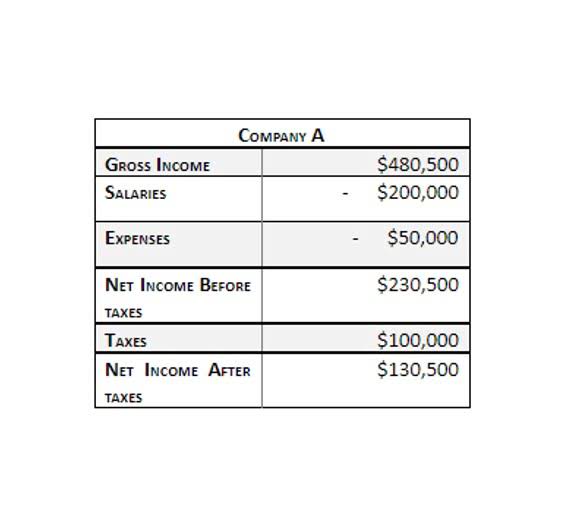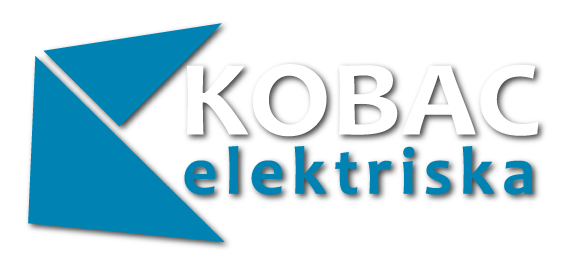
Beyond contra revenue accounts, other types include contra asset accounts (like accumulated depreciation) and contra liability accounts (such as discount on bonds payable). These help provide more detailed insights into various financial aspects by offsetting related balances. Contra accounts are integral to financial statements, providing a nuanced view of a company’s financial position.
- This also ensures accurate financial statements, which is essential for meeting regulatory requirements and maintaining the trust of stakeholders.
- However, some transactions may also decrease them while not directly stated on the income statement.
- The account is normally a debit balance and in use is offset against the revenue account which is normally a credit balance.
- Also, optimize your discount strategies by offering them selectively based on customer segment or purchase behavior.
- Equity accounts also have contra counterparts, such as treasury stock, representing the cost of repurchased shares and reducing total equity reported.
- They are recorded as contra revenue because they reduce the amount of gross sales, and understanding their nature is crucial for accurate financial reporting.
Strategies to reduce contra revenue
- Treasure stock is a good example as it carries a debit balance and decreases the overall stockholders’ equity.
- Using contra accounts in financial analysis can provide valuable insights into a company’s management and transparency.
- The main purpose of a contra account is to provide a more accurate representation of a company’s financial position by showing the net balance or net amount of an account, rather than the gross balance or gross amount.
- Contra revenue accounts are reported separately from regular revenue accounts on the income statement.
- These are not expenses incurred from operating activities but rather deductions from gross sales to arrive at net sales.
- The contra equity account treasury stock is reported right on the balance sheet.
Analyze sales patterns, customer behavior, and profitability metrics to inform your decisions. You don’t want to make policy changes based purely on intuition or sporadic feedback. Schedule regular reviews of your allowance and discount policies so they remain competitive and relevant to your market conditions. This might mean adjusting your strategies based on seasonal trends, customer feedback, or new market entrants.

Everything You Need To Master Financial Modeling
On the income statement, a contra account is typically used to reduce the gross revenue or gross sales of a company. For example, a sales returns and allowances account is used to offset the value of goods that were returned or discounted by customers. On the balance sheet, a contra account is typically used to reduce the book value or historical value of an asset or liability. For example, an accumulated depreciation account is used to offset the value of a company’s fixed assets, while a discount on bonds payable account is used to offset the value of a company’s outstanding bonds. There are several types of contra accounts, including accumulated depreciation, allowance for doubtful accounts, and sales returns and allowances.
What exactly is contra revenue, and how does it differ from regular expenses?
It is a reduction from equity because it represents the amount paid by a corporation to buy back its stock. The treasury stock account is debited when a company buys back its shares from the open market. Contra Liability Account – A contra liability account is a liability that carries a debit balance and decreases other liabilities on the balance sheet. They tell the story of your customer interactions, the effectiveness of your pricing strategies, and the quality of your products or services. By mastering contra revenue accounts, you’re setting your business up for more accurate reporting, smoother audits, and better-informed decisions. The company predicts which accounts receivable won’t be paid by customers and writes those off.

What is loose tools account and treatment in final accounts?
The three most common types of contra revenue accounts are Sales Returns, Sales Allowances, and Sales Discounts. Each serves a specific purpose in tracking different types of revenue reductions. The Sales Returns account is one of the most frequently used contra revenue accounts. A typical example of a contra revenue account is the Sales Returns and Allowances account. Imagine a scenario where customers return defective products contra revenue account worth $1,000; this amount would be recorded in the Sales Returns and Allowances account, reducing total sales by that figure.
Key Contra Accounts
Let’s break down what contra revenue accounts are, why they matter, and how to manage them effectively. For instance, when a company buys back their own shares, they register them in a ‘Treasury Stock’ contra equity account, which reduces total shareholders’ equity. If a customer returns a product, the ‘Sales Returns’ contra revenue account lowers the total sales revenue, reflecting the true income. Contra asset AI in Accounting examples like ‘Accumulated Depreciation’ reduce the value of fixed assets, showing their worth after usage over time.

They enhance the accuracy of financial statements by adjusting account figures for factors like depreciation, allowances, and returns. These accounts ensure transparency and precision in financial reporting, offering insights into adjustments made to various account types. In the realm of accounting, contra revenue plays a significant role in accurately reflecting a company’s financial performance. It is a concept that may seem complex at first, but with a clear understanding, businesses can utilize contra revenue to provide a more accurate representation of their revenue streams. In this blog post, we will explore what contra revenue is, its purpose, how it affects financial statements, and how businesses can effectively use it. Regular audits and the use of advanced accounting software can streamline the management of contra revenue accounts, ensuring accuracy and efficiency in financial reporting.
Companies bury them in the footnotes and often don’t break out the actual calculation. Still, it is important when possible to consider how the net accounts are calculated and be wary of companies that income statement are reporting a ton of bad debts. Home Depot reports net receivables and net property and equipment, implying that both are reduced by contra assets.
